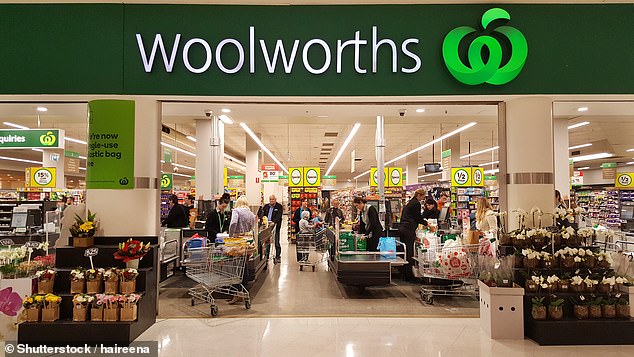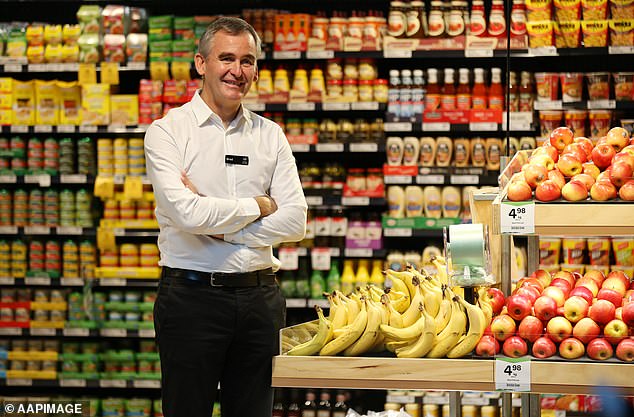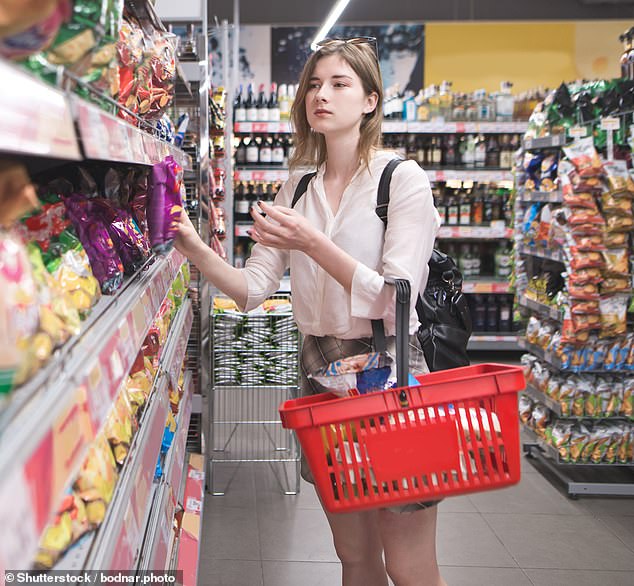Woolworths says the last quarter was difficult for both sales and customers, and expects difficult trading conditions to last for another 12 months due to persistent inflation and increased competition.
The supermarket giant had seen a notable shift in customer confidence and shopping behaviors since Christmas as customers tightened their budgets, Woolworths chief executive Brad Banducci said on Thursday.
“Customers across all segments tell us they are struggling to make ends meet given material increases in mortgages, rent, utilities, insurance and other key household expenses,” he said.
Banducci added that a large increase in rents since January and February had hit singles and younger couples especially hard.
Its spending on what Woolworths calls “conscious products”, such as environmentally friendly or fair trade products, suddenly fell significantly.
Woolworths says the last quarter was difficult for both sales and customers, and expects the challenging trading conditions to last another 12 months due to persistent inflation and increased competition. A woman pictured in a supermarket.
Customers have also been shopping more frequently, but they are buying a little less each time, he said.
They have been looking for more ways to save, buying more private brands and more promotional products.
Banducci said customers had been particularly attentive to promotions on higher-value non-food items, such as household, pet and personal care products.
Shoppers have been purchasing those items at Woolworths’ traditional competing supermarkets, as well as non-traditional competitors such as Bunnings, KMart and Amazon, he said.
Banducci said food prices at Woolworths supermarkets finally stopped rising last quarter, falling 0.2 percent.
Increased supply reduced fruit and vegetable prices by 6.2 percent, while meat prices fell 9 percent due to lower livestock costs.
The supermarket giant said its Australian food sales rose 1.5 per cent to $12.6 billion in the three months to March 31, compared with a year earlier.
Woolworths’ total sales – including its New Zealand supermarkets, its Big W stores and business-to-business food sales – rose 2.8 per cent to $16.8 billion.

There has been a notable shift in customer sentiment and purchasing behaviors since Christmas as customers tightened their budgets. Pictured is a Woolworths store.
Big W’s sales fell 4.1 percent to $1 billion, and customers reduced sales in all areas, particularly in clothing and home goods.
The fact that the weather remains warmer than usual during the fall has led to fewer clothing sales.
E&P Capital retail analyst Phillip Kimber said Woolworths’ results were below expectations for Australian and New Zealand food supermarkets, while Big W beat expectations.
While Coles ran a successful Pokémon campaign, Kimber said Woolworths’ Australian supermarkets did not run a collectibles promotion, which hurt their results.
He noted the opposite happened a year ago, when Woolworths gave away Bricks Farm collectibles and Coles did not run a collectibles campaign, amplifying the impact on growth rates.

Woolworths chief executive Brad Banducci (pictured) said a big rise in rents since January and February had hit singles and younger couples particularly hard.
Woolworths also reported its Everyday Rewards program had grown to 9.7 million active customers, up from 8.9 million a year ago.
E-commerce accounted for 12.4 percent of total sales, up from 10.6 percent a year ago.
Woolworths’ digital platforms had average weekly traffic of 27 million, up from 22.8 million a year ago.
In mid-afternoon trading on Thursday, Woolworths shares fell 4.1 per cent to $30.52.


